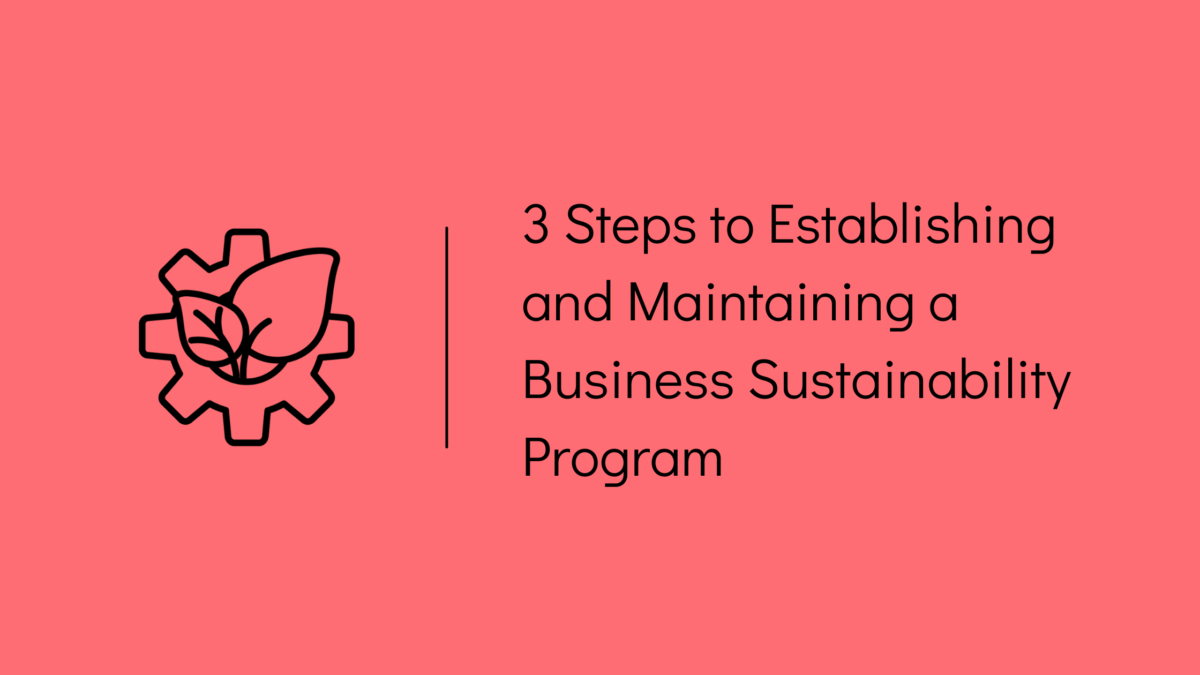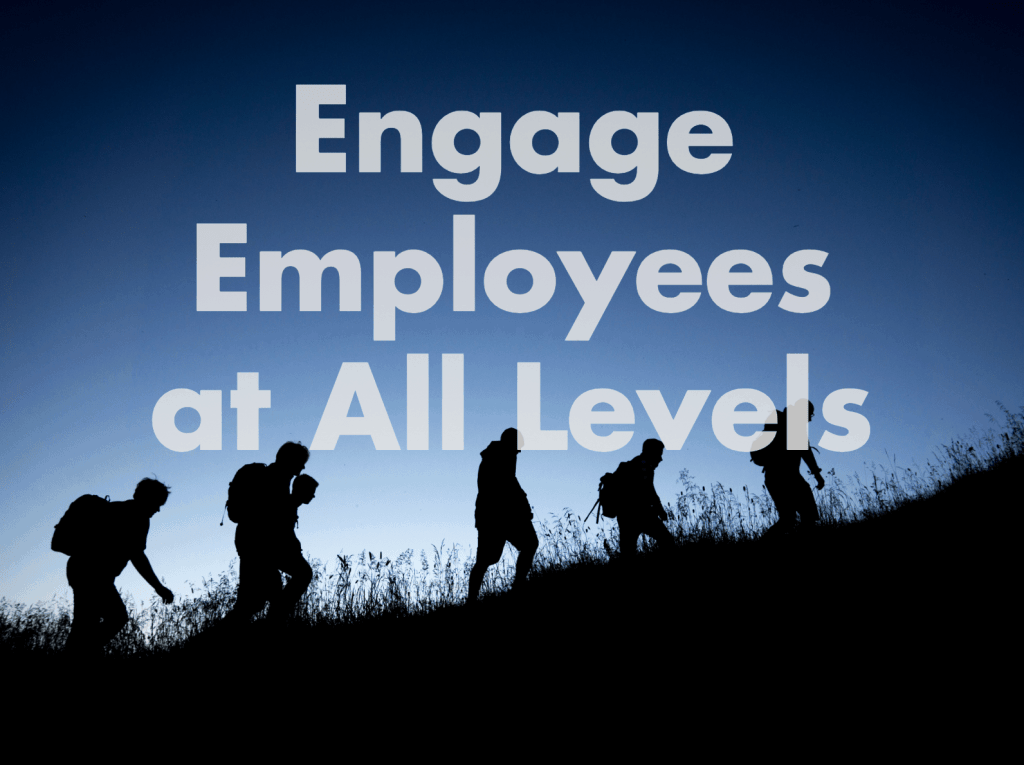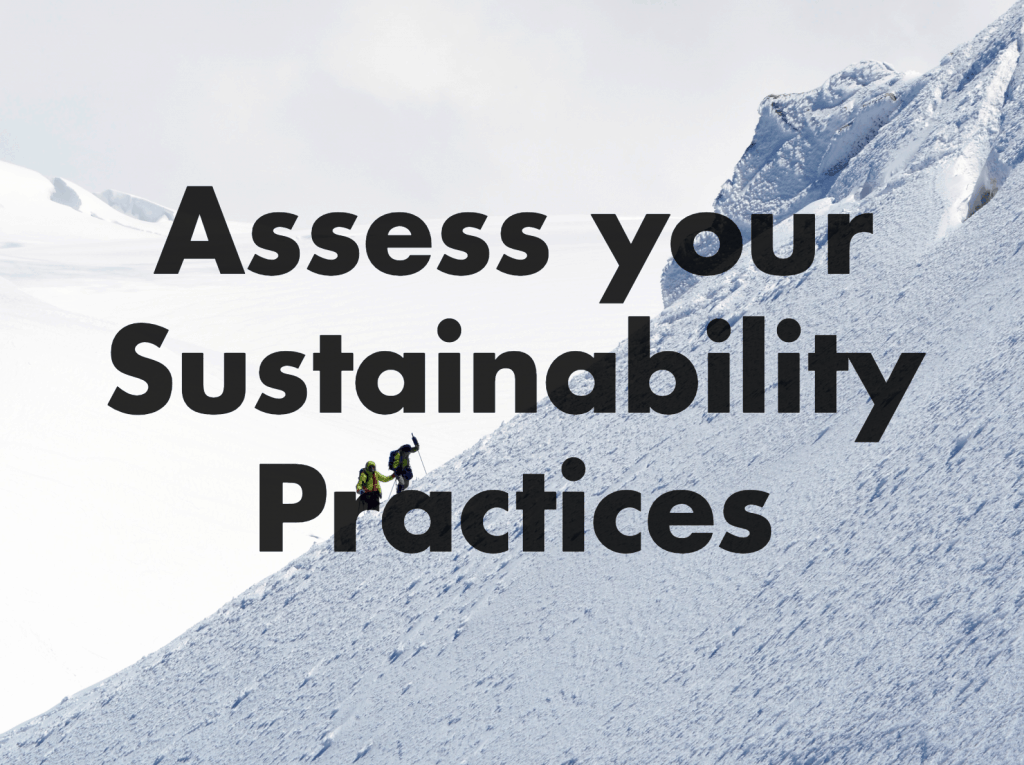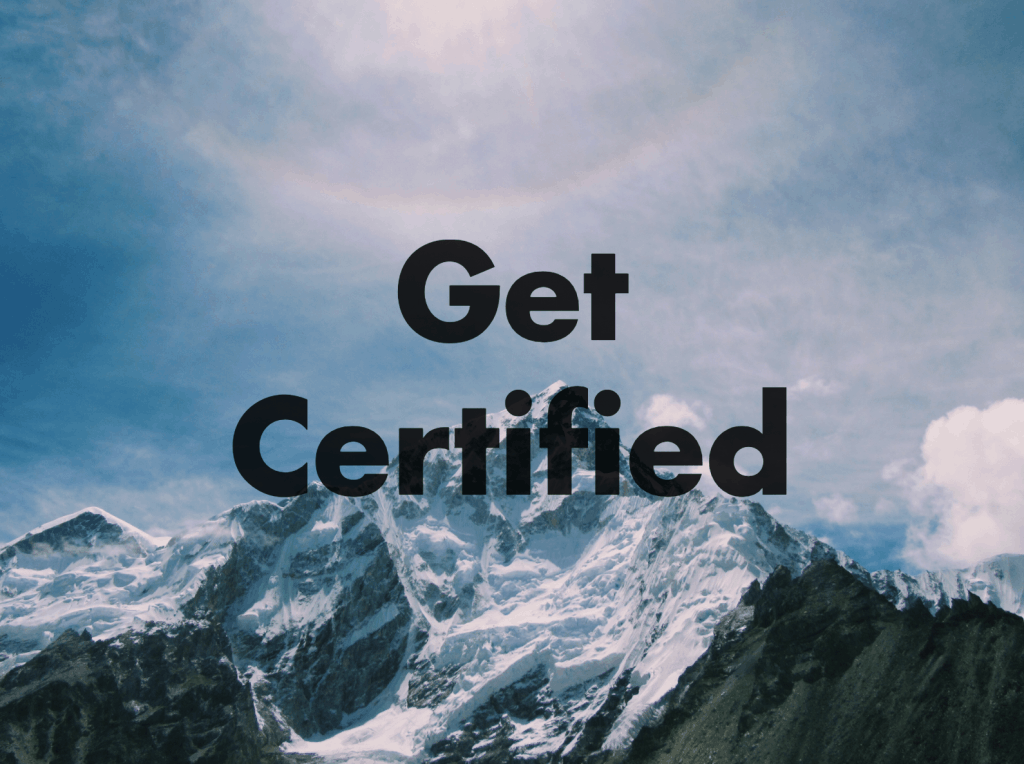
Small business can face many challenges when it comes to sustainability.
Yet the companies I’ve seen that are most committed to sustainability repeatedly follow a three-step formula, which can serve as a model for establishing and maintaining a sustainability program in a small business.
What is this formula?
It’s simply this:
- Engage your people – simply put, you can’t do this alone. Even if you’re the person who is ultimately tasked with heading up sustainability at your company, you can’t do it all by yourself. You’ll need buy-in and support from management. You’ll need support from other departments. You’ll need participation from the rest of the employees. The professionals who do this work the best are able to engage people at all levels of the business.
- Conduct an assessment – instead of working on ad hoc efforts, conduct a comprehensive sustainability assessment to compare your existing practices with established best practices. A good assessment will provide you with a roadmap for your business so that you can work on short-term, medium-term, and long-term projects.
- Get certified – meet the standards of an independent, international third-party certification for socially and environmentally responsible businesses. By getting certified as a B Corp, you’ll be able to benchmark your practices and join a growing community of businesses committed to doing good.
Is this formula a quick fix, an easy way to do something about sustainability?
No, it’s not. It takes work. In fact, it takes a lot of work.
But it will provide you with a solid – and sustainable – foundation for your sustainability program.
Let’s take a closer look at what the best companies do and how you can apply this in your own business.
Even if you’re the person who is ultimately tasked with heading up sustainability initiatives at your company, you can’t do it all by yourself.
You’ll need buy-in and support from management. You’ll need support from other departments. You’ll need to engage all your employees.
To engage your people, follow these steps:
- Get buy-in from management. Without buy-in from management, your sustainability efforts will not succeed. I recently met with a woman at a company in San Francisco who explained that this is why her company was not successful with sustainability: although the CEO never said that sustainability was not a priority (what CEO would say that these days, especially in the Bay Area?), he never completely supported it. As a result, their initiatives stagnated.
- Identify an internal champion. Although the best sustainability programs are those that cross departmental boundaries, someone will need to be in charge of this. That individual doesn’t necessarily have to be the Sustainability Manager, since a lot of small businesses don’t have the capacity for that position. It can be the Facilities Manager, HR Manager, or Office Manager, but someone with responsibility will need to be ultimately responsible for making sure that things get done. Handing off the sustainability program to an intern or a part-time admin shows that the business does not really consider it a priority.
- Set up a green team. A green team consists of a group of employees who are engaged in advancing sustainability within an organization. The benefit of having a green team is that you’ll make sure that everyone gets a voice in your company’s sustainability efforts – this is increasingly important when you consider that 71% of employees want their company to provide opportunities for them to help make a positive impact on the company’s social and environmental commitments.
Many small businesses try to figure out sustainability initiatives on their own, but you can quickly learn what other businesses are already doing to be sustainable.
Conducting an assessment is the best way to find opportunities to improve your social and environmental impact.
Using proven frameworks will ensure that your approach to sustainability is comprehensive, instead of a set of random, one-off projects, and will help you to use your time and efforts most strategically.
A good sustainability assessment will help you to evaluate your existing practices against established best practices. You’ll be able to see where your business is already doing well and where you have opportunities for improvement.
As a result of your assessment, you should also be able to develop a roadmap, a clear and easy-to-follow sustainability action plan for your business.
You can conduct your own sustainability audit to find out quickly how your business is doing as a sustainable business.
Now that you have your team in place and you’ve conducted an assessment, you’re ready to execute.
You should be able to clearly see your areas of strength and opportunity, and you can now begin to implement best practices at your company.
The most respected certification for socially and environmentally responsible businesses is the B Corp certification. It’s an international, third-party standard used by businesses like Patagonia, Ben & Jerry’s, and others (including my own business, Cultivating Capital).
By using the B Impact Assessment – the online tool used to certify B Corps – you’ll be able to benchmark your practices against those or other businesses. You’ll also be able to get certified and join a growing international community of sustainable business leaders.
That’s it! Those are the three steps that companies that are serious about sustainability follow. This framework allows you to establish a solid sustainability program and embed sustainability into your business.
One of the great thing about this three-step model is that it’s flexible. Whether you have 15 employees or 150 employees, you can use this. Whether your company is already actively working on sustainability or just getting started, you can use this.
In my experience, I’ve found that many small businesses tend to do one or the other, but not all of these steps.
For example, they might conduct an assessment but not engage their people. In these cases, the business has one person in charge of the sustainability initiatives. That person usually works alone, which limits the program’s effectiveness.
The flip side of this is when the business engages their people but doesn’t conduct an assessment. In these cases, there’s a lot of enthusiasm but no structure, and many important areas of impact get overlooked.
However, by following these three steps, you’ll find that employees are engaged in helping your business implement best practices across a range of areas.
Next Steps
Review these steps again and identify which ones your business is missing.
If you don’t yet have a green team, start there. If you already have a green team but have not yet conducted an assessment, work on that. And, if you’ve already established your team and conducted an assessment, begin working on your B Corp certification.


